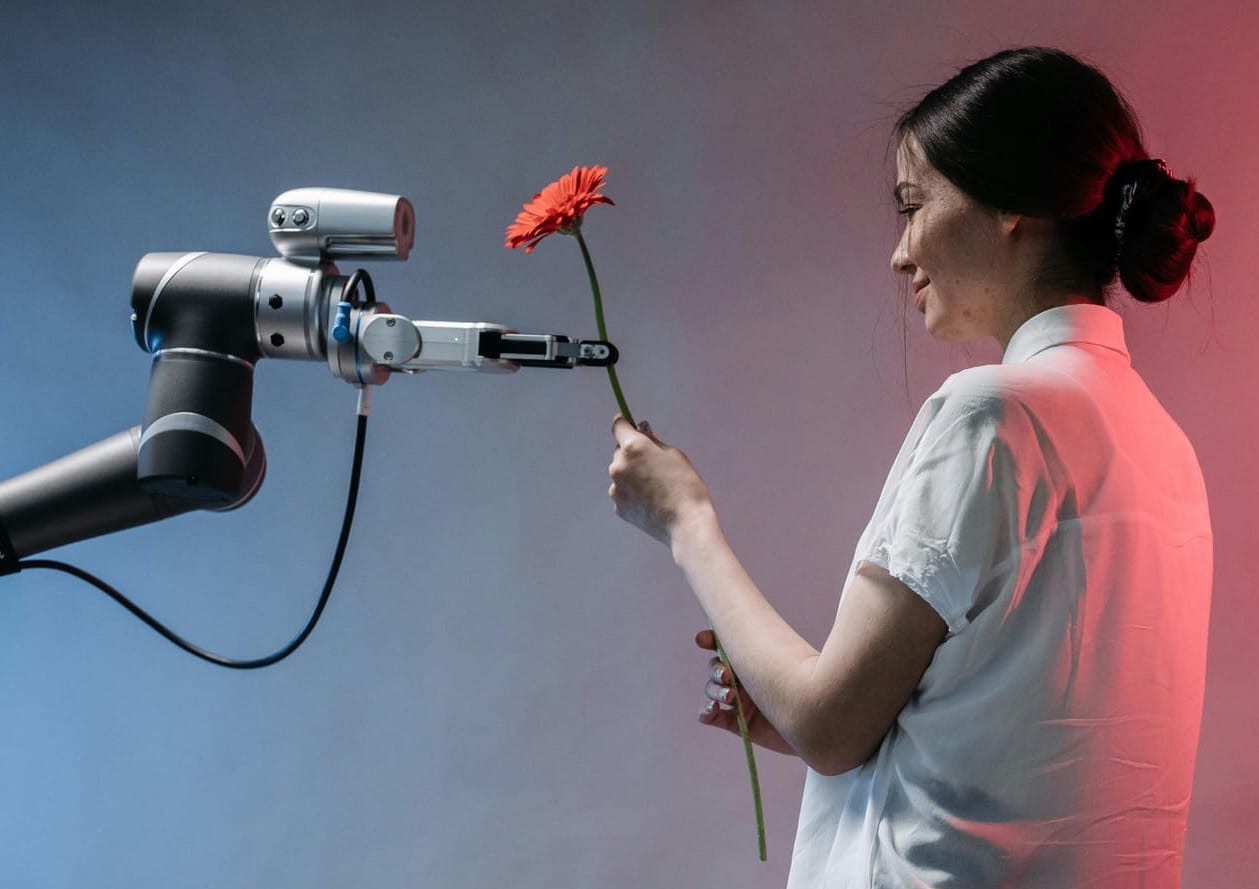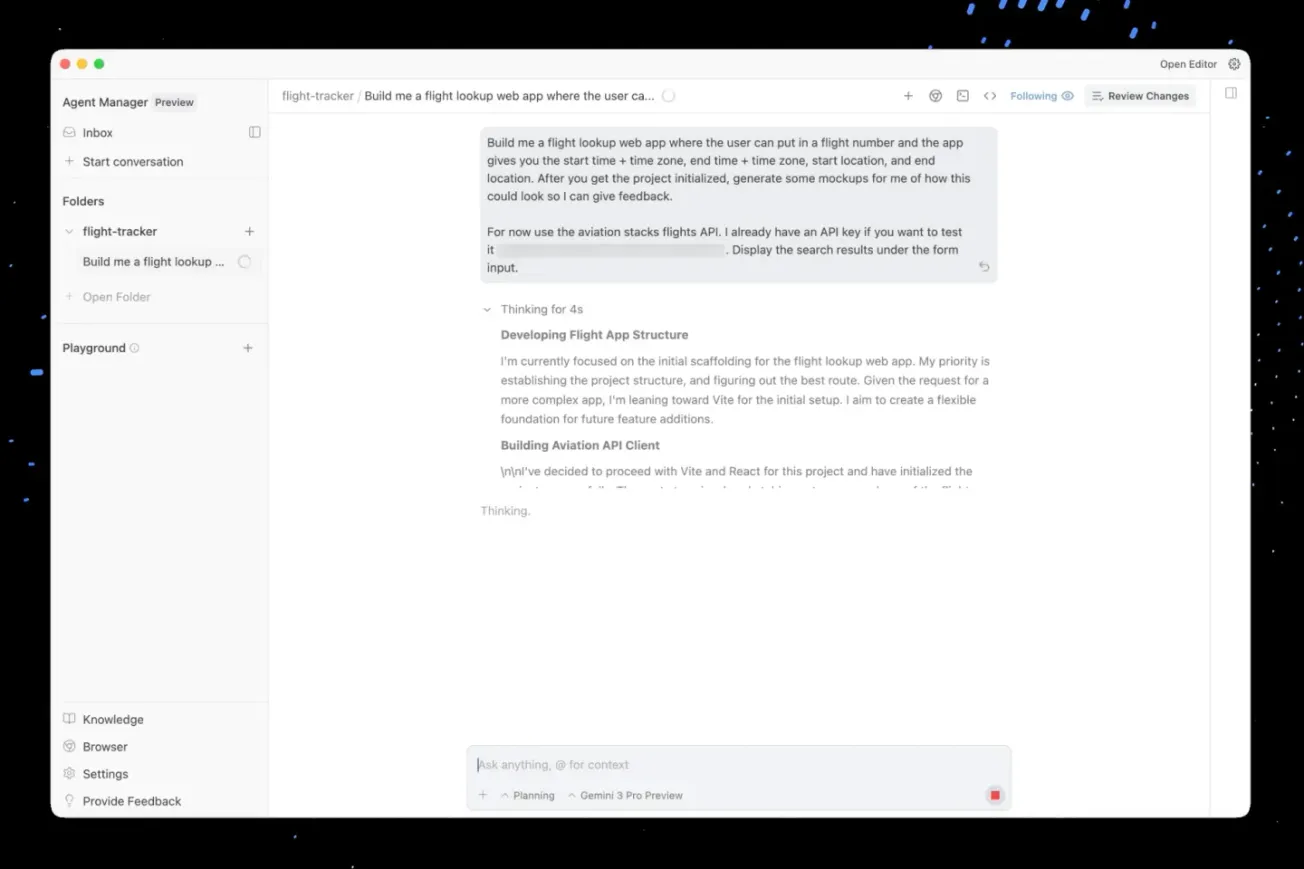As robots weave themselves into the fabric of our daily lives, it’s clear that the future of human-robot interaction (HRI) will shape us just as much as we shape it. We’re seeing the beginning of a transformation—robots will no longer just automate factories or add convenience to our homes; they will evolve into collaborators, companions, and even caretakers. But while the promises are bright, they’re inseparable from complex challenges. This shift raises questions that go beyond technology, asking what we want our future to look like and how much of ourselves and our daily lives we’re willing to integrate with machines.
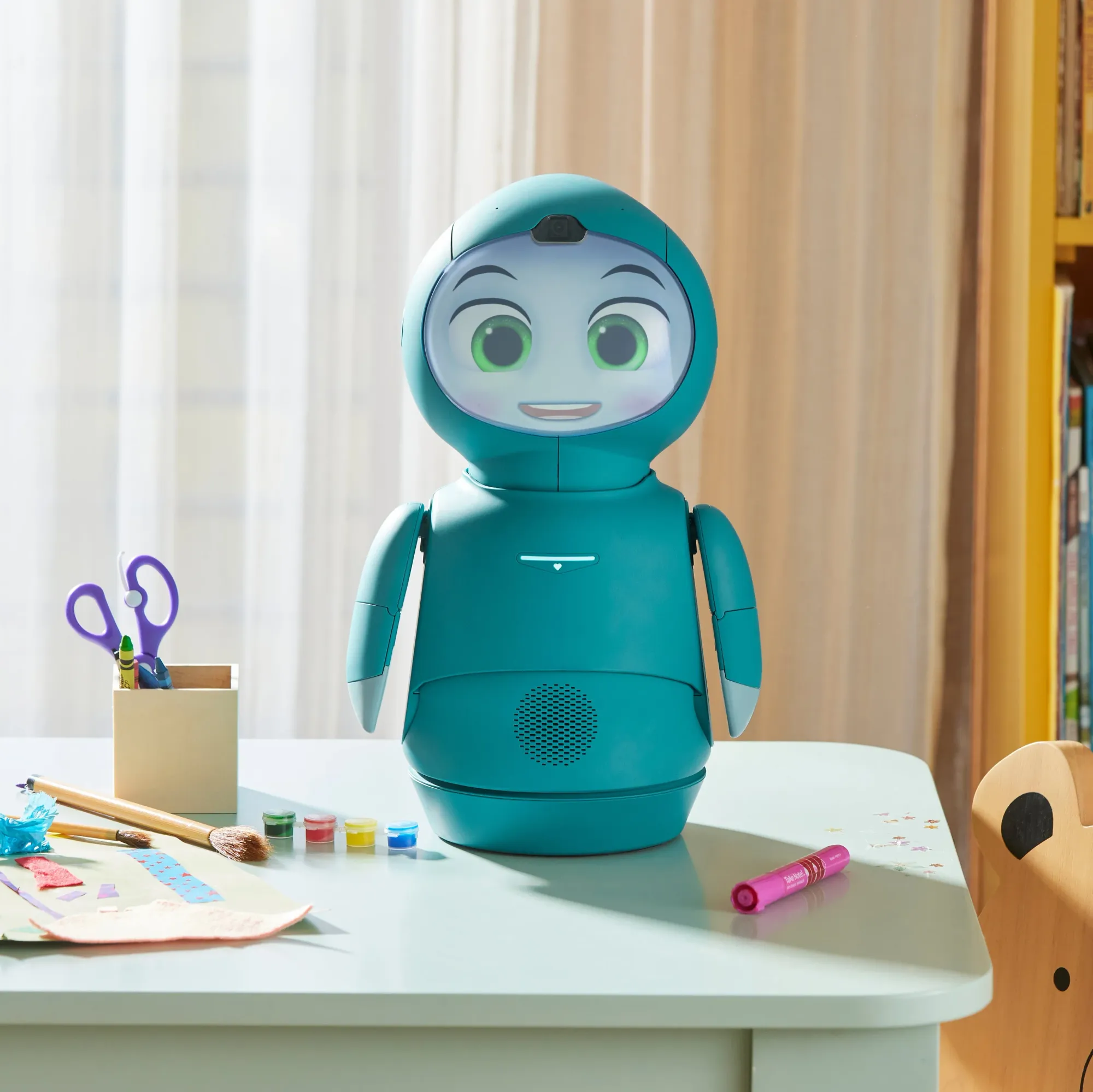
AI-Powered Interaction: Moving Beyond Commands
Imagine a future where a robot doesn’t just respond to your words but understands you—your tone, gestures, habits. With breakthroughs in AI, robots are moving beyond simple commands and developing the ability to read human emotions, adapt to individual preferences, and “learn” over time. With natural language processing (NLP) and machine learning, robots will grow more attuned to subtle cues, making interactions feel increasingly seamless and, perhaps, eerily human.
But as these machines learn our routines and moods, privacy concerns loom large. A robot that “knows” you might sound convenient, but what does it mean for your autonomy when it’s constantly gathering data on your every move? We’re trading information for convenience, often without realizing the full scope or long-term impact of this exchange.
For example, Moxie, a robot designed by Embodied, is engineered to recognize and respond to children’s emotions and behaviors. Moxie uses NLP and facial recognition to tailor interactions, becoming a robot that learns individual communication styles to help children practice social skills. A robot like Moxie, which gathers and analyzes personal data, raises concerns about privacy and emotional manipulation—especially when its primary users are children. What happens when a child bonds with a robot “friend”? Are we shaping interactions for their benefit, or are we inadvertently creating attachments with a machine that learns through them? In a future where your personal robot knows you better than some friends, the question isn’t just whether they can understand us but who owns that understanding—and what they’ll do with it.
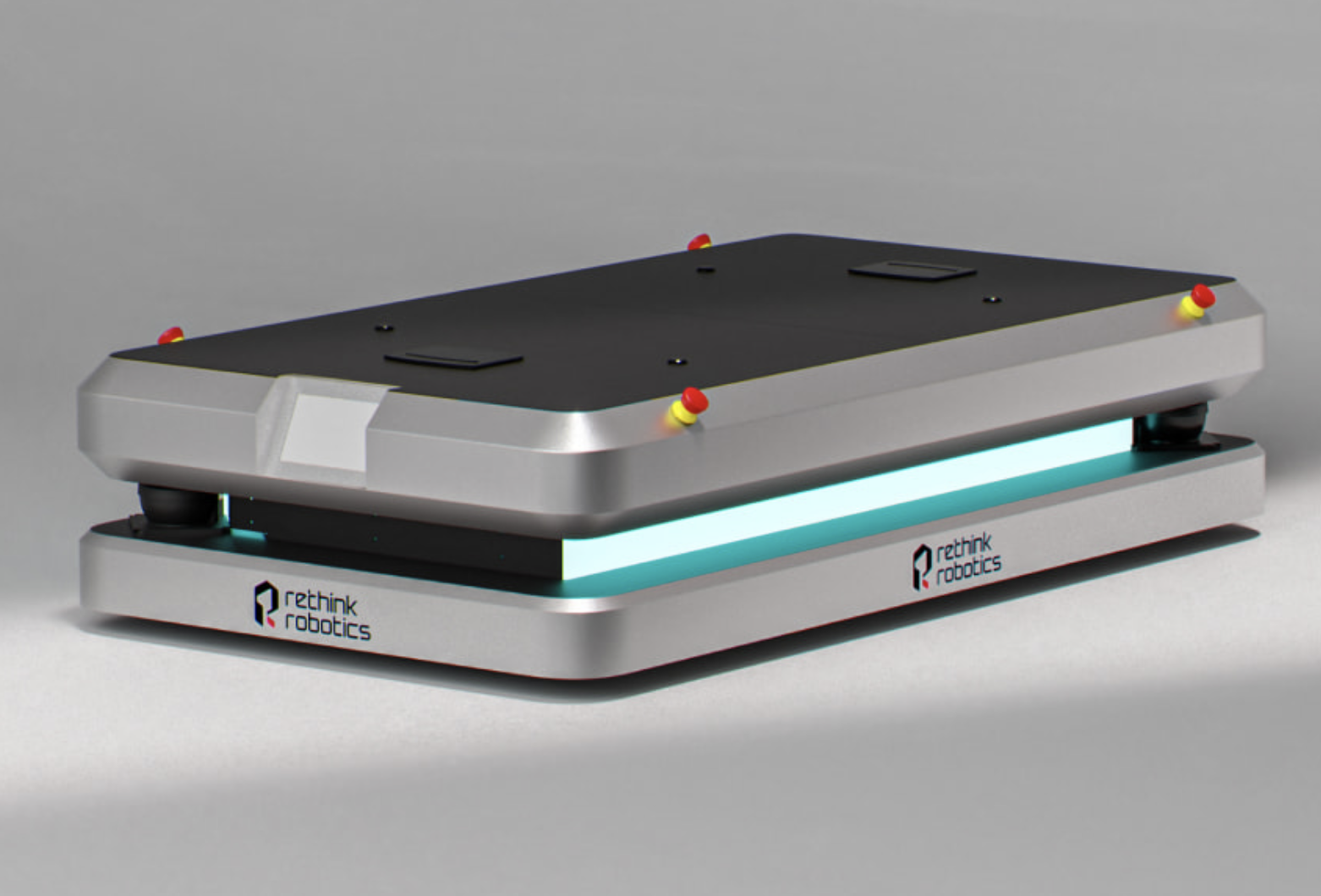
Collaborative Robots (Cobots): Our Partners—or Our Replacements?
In workspaces across industries, we’re seeing a new type of “coworker”: the collaborative robot, or “cobot.” Designed to work safely alongside humans, cobots take on repetitive or physically demanding tasks, from manufacturing lines to hospitals, freeing humans for more complex, creative, or strategic roles. The appeal of cobots is clear—less physical strain on workers, greater productivity, and precision without human error. In a hospital, for instance, a cobot might assist with routine patient care, allowing nurses more time for critical tasks.
However, this integration brings with it the specter of a deeper economic and social transformation. If cobots are handling the heavy lifting, how long before they start shouldering cognitive tasks too? Are they liberators of human potential—or silent competitors inching us out of roles we once called ours? And as businesses eye the cost savings, will cobots help workers thrive, or will we see an erosion of roles that robots can fill faster and cheaper?
Take Reacher, Ryder, and Riser, for example, cobots developed by Rethink Robotics. These robots are designed to work alongside human employees in manufacturing environments, where they can perform various assembly tasks, freeing human workers to focus on more complex responsibilities.
But as these cobots become increasingly efficient, there’s the looming risk that they could replace human roles, especially in labor-intensive sectors. Will cobots like Baxter support the workforce or quietly push out low-skilled labor? And as industries embrace this cost-cutting efficiency, how far will companies go in deploying them at the expense of human jobs?

Social Robots: Companionship in a Box
Some of the most intriguing advancements in HRI are happening in the field of social robots, especially in caregiving. In eldercare, for instance, social robots might remind people to take their medication, offer companionship, or even assist with physical exercises. In education, these robots could support children with personalized learning programs and help children with special needs learn in new, adaptive ways. These machines could provide much-needed support in sectors historically challenged by labor shortages and high demand.
In Japan, where aging populations pose significant challenges, robots like Paro, a therapeutic robot seal, are being introduced in eldercare facilities to reduce loneliness and provide emotional comfort. Paro responds to touch and sound, creating an experience that feels personal and attentive, helping elderly patients feel less isolated.
Paro’s success in creating comforting interactions for older adults highlights both the promise and complexity of robotic companionship. If a robot can provide this comfort, are we enhancing well-being, or replacing genuine human connection with a simulated relationship? As we see increasing use of social robots like Paro, we must question the implications of emotional attachment to machines.
As we inch closer to a world where robots are embedded in our most vulnerable and intimate spaces, we have to confront the implications. Emotional bonds with robots are on the horizon, and that raises uncomfortable questions: Can a robot offer real companionship, or is it all preprogrammed empathy, designed to mimic the real thing? Are these “relationships” enhancing human life or replacing meaningful human interactions? When a child befriends a robot, are they engaging with a caregiver—or merely a digital projection of care?
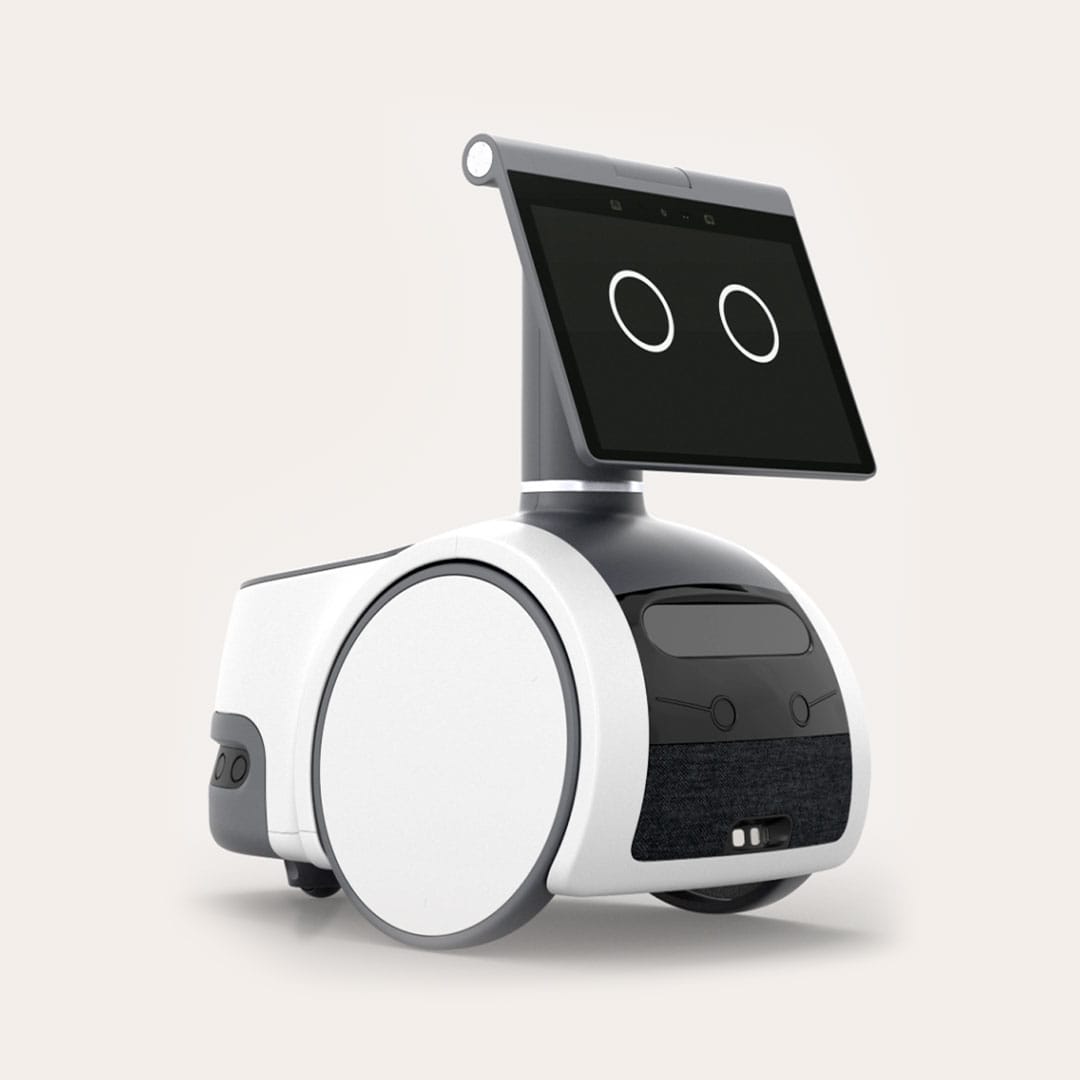
Smart Homes and IoT Integration: The “Smart” Living Space
In smart homes, robots are poised to become central to our daily routines. Integrated with Internet of Things (IoT) devices, future robots will interact seamlessly with everything from thermostats to fridges, coordinating to create an environment tailored to us. Need to wake up in a warm room with coffee brewing automatically? Your robotic assistant will coordinate all this without needing you to lift a finger.
Amazon’s Astro, for instance, is a home robot designed to navigate a house, monitor for security concerns, and coordinate with Alexa-enabled devices. Astro patrols your home, checking for unusual activity and even allowing remote monitoring through your smartphone. While Astro offers security and convenience, it also gathers vast amounts of personal data, including details about household habits and movement patterns. In the age of smart living, we’re left questioning where the line between service and surveillance falls.
A “smart” home, for all its convenience, is also a home where every activity is monitored, cataloged, and potentially exploited. When a robot manages your space, lighting, and appliances, it also collects data—on your habits, preferences, and private moments. This raises a fundamental question: when does convenience cross over into intrusion? As robots become more adept at managing our lives, do we risk trading personal autonomy for an optimized environment that’s under constant watch?
The Human in the Machine
The future of HRI is a paradox of promise and caution. Robots can be powerful allies, but they can also reshape our lives in ways we may not intend. As we step into this new world, we must decide what we want these interactions to achieve—and what we’re willing to sacrifice along the way. In the end, the future of HRI is not just a technological journey but a human one. How we design, regulate, and interact with these machines will reveal what we value and how far we’re willing to go to preserve—or alter—what it means to be human. This path isn’t just about the robots we build; it’s about the society we’re building alongside them.

